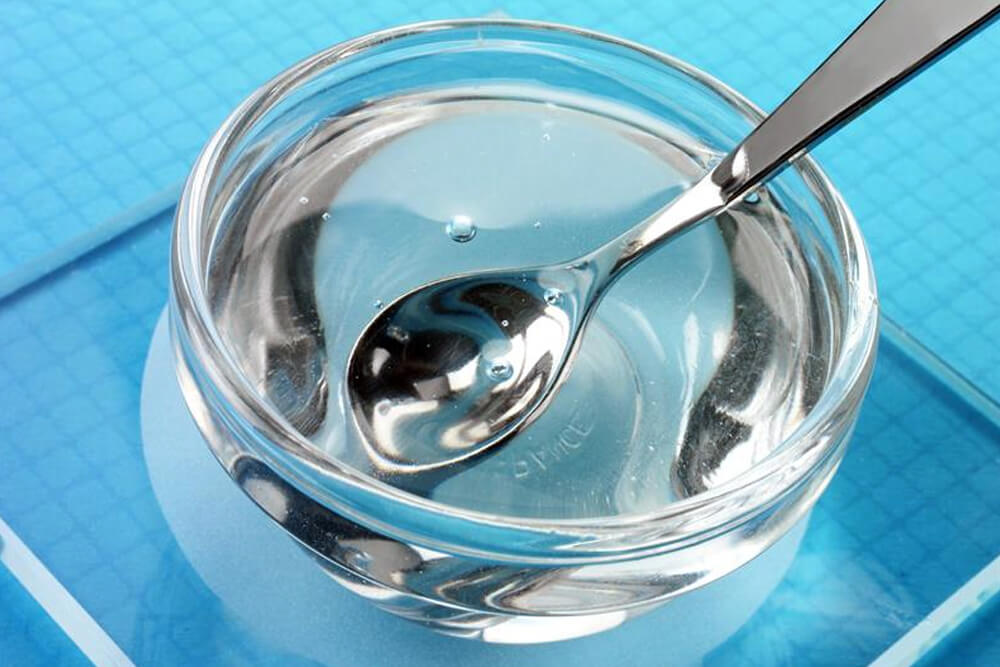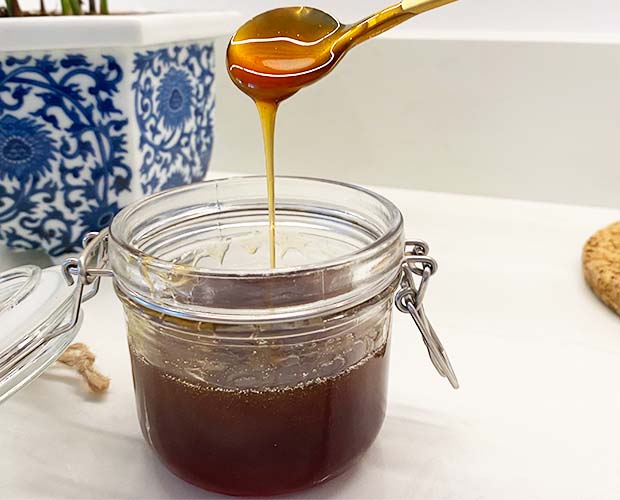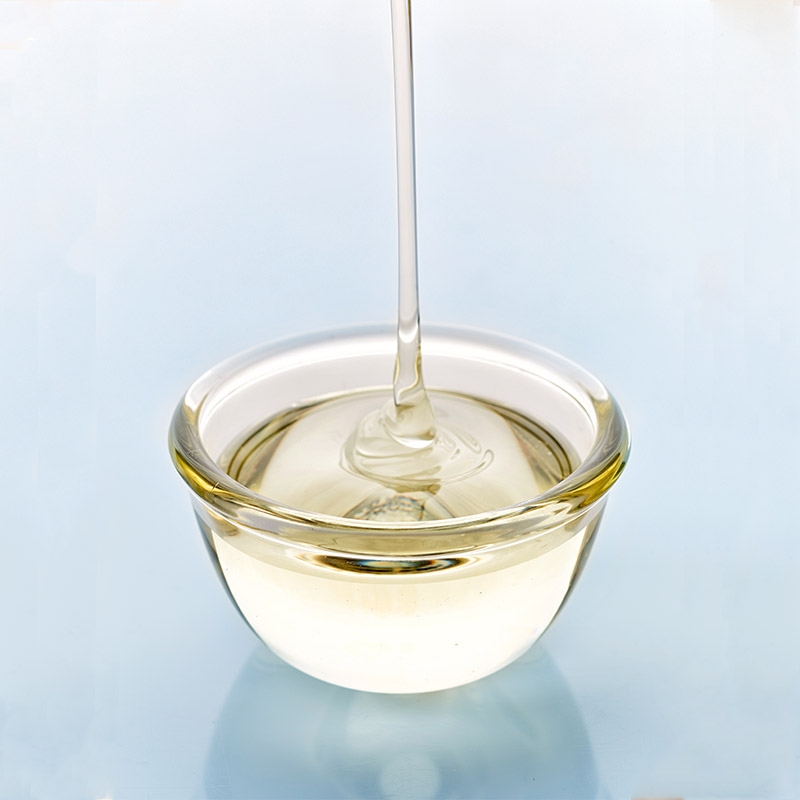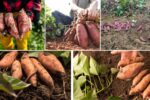Glucose syrup plays an essential role in today’s global food industry, acting as a versatile sweetener, thickener, and moisture-retaining agent in a wide array of processed foods and beverages. With rising demand from confectionery, bakery, soft drinks, and pharmaceuticals, the production of glucose syrup has become a key sector within the broader starch-processing industry. Among the nations contributing to this growth, the United States of America (USA) stands out as the largest producer of glucose syrup in the world. This article explores the reasons behind America’s dominance in glucose syrup production, global market trends, the role of corn (the primary raw material), and the impact of production on global trade and economies.
Understanding Glucose Syrup

Glucose syrup is a concentrated aqueous solution of glucose, maltose, and other polysaccharides derived from starch hydrolysis. The syrup is typically made from corn (maize) in the U.S., while wheat, potatoes, and cassava are also used in other regions. The syrup serves multiple functions in the food and beverage industry:
- Provides sweetness
- Retains moisture
- Enhances texture and shelf life
- Prevents sugar crystallization
This makes glucose syrup essential in candy production, ice cream, baked goods, soft drinks, sauces, and pharmaceutical formulations.
Why the United States Leads Glucose Syrup Production

The United States holds the top position as the largest producer of glucose syrup globally, primarily because of three critical factors:
1. Abundant Corn Supply
Corn is the primary raw material used for producing glucose syrup in the U.S. The country is the world’s largest corn producer, accounting for nearly 35-40% of global output annually. The Midwest—often referred to as the “Corn Belt”—including states like Iowa, Illinois, Nebraska, and Minnesota, supplies vast amounts of corn used in both food-grade and industrial processes.
2. Advanced Agro-industrial Infrastructure
The U.S. has highly developed infrastructure and technological capabilities for agro-processing. The country’s starch and sweetener industry is supported by world-class facilities and cutting-edge technologies. Major companies like Cargill, Archer Daniels Midland (ADM), and Ingredion operate massive glucose syrup plants with consistent quality and global reach.
3. Strong Domestic and Export Demand
The American food and beverage industry is one of the largest in the world, creating sustained domestic demand for glucose syrup. Additionally, the U.S. exports large volumes of corn sweeteners, including glucose syrup and high-fructose corn syrup, especially to countries with less developed starch-processing industries.
Leading Producers: Major Companies in the U.S.

Several multinational corporations dominate the production and export of glucose syrup in the United States:
- Cargill, Inc.: One of the largest privately held companies in the world, Cargill plays a leading role in corn wet milling and glucose syrup production.
- Archer Daniels Midland (ADM): With numerous plants across the U.S., ADM is a global leader in agricultural processing, supplying glucose syrup to food, beverage, and pharmaceutical sectors.
- Ingredion Incorporated: A global supplier of starches and sweeteners, Ingredion operates several glucose syrup production facilities throughout North America.
These companies are integrated from farm to final product, allowing them to efficiently manage raw material supply chains, reduce costs, and maintain quality.
Global Glucose Syrup Market Overview

According to market research, the global glucose syrup market was valued at over USD 3.5 billion in 2024, with the U.S. accounting for the largest share. This market is projected to grow steadily due to the increasing demand for processed and ready-to-eat foods.
Top Glucose Syrup Producing Countries:
- United States – Largest producer with vast corn resources and industrial capacity.
- China – Major producer and consumer, primarily using corn and cassava.
- India – Growing production based on wheat and maize; increasing domestic consumption.
- Germany – Largest producer in Europe, focused on wheat-based glucose syrups.
- Brazil – Significant producer utilizing both corn and cassava as raw materials.
Corn vs. Other Raw Materials

While corn is the dominant raw material for glucose syrup in the United States and China, other countries use alternative sources:
- Wheat: Common in Europe, especially Germany and France.
- Cassava (Tapioca): Widely used in tropical countries like Thailand, Indonesia, and Brazil.
- Potatoes: Used on a smaller scale in some parts of Europe and Russia.
Despite these regional variations, the efficiency and scale of U.S. corn wet milling gives it a distinct advantage in terms of cost-effectiveness and output.
Applications Driving Production
The versatility of glucose syrup ensures its demand across multiple industries:
- Confectionery: Acts as a humectant and anti-crystallizing agent in candies and gums.
- Beverages: Adds body and mouthfeel in soft drinks and flavored waters.
- Bakery: Improves moisture retention in cakes, cookies, and breads.
- Dairy and Ice Cream: Prevents crystallization, enhances smoothness.
- Pharmaceuticals: Used as a base in syrups and cough mixtures.
These diverse applications ensure a steady, multi-sectoral demand that encourages large-scale production.
Environmental and Economic Impacts
Environmental Considerations
Large-scale glucose syrup production involves considerable water usage and energy consumption. However, U.S. producers are increasingly investing in sustainability initiatives:
- Renewable energy in processing plants
- Water recycling systems
- Carbon footprint reduction programs
Economic Contribution
The glucose syrup industry supports thousands of jobs in agriculture, manufacturing, logistics, and research. It also adds value to corn crops, increasing incomes for American farmers.
Future Trends and Forecast
The global glucose syrup market is projected to expand at a CAGR of 4-5% through 2030, driven by:
- Rising urbanization and convenience food consumption
- Expansion of the confectionery and beverage industries
- Increased use in bio-based packaging and biodegradable plastics
In the U.S., continued innovation and process optimization are expected to maintain its leadership. Additionally, the expansion of organic and non-GMO glucose syrup products is becoming an emerging niche.
Conclusion
In summary, the United States of America holds the title of the largest glucose syrup producer in the world, thanks to its abundant corn supply, advanced processing capabilities, and expansive domestic and export markets. With strong corporate leadership from companies like Cargill and ADM, the U.S. continues to dominate this critical sector of the food ingredients industry. As global demand for processed foods and beverages rises, America’s glucose syrup industry is poised for even greater growth—driven by innovation, efficiency, and sustainability.







Leave A Comment